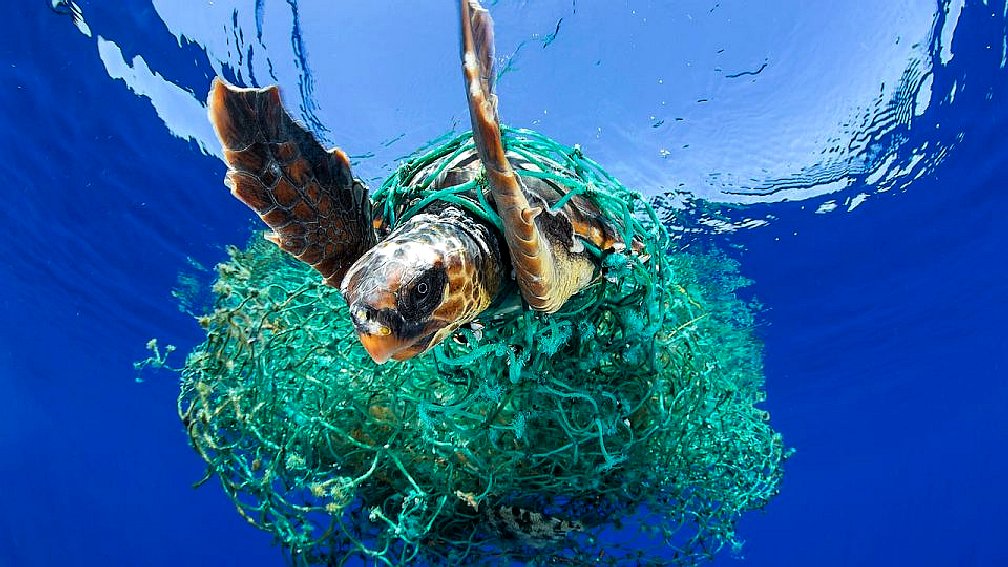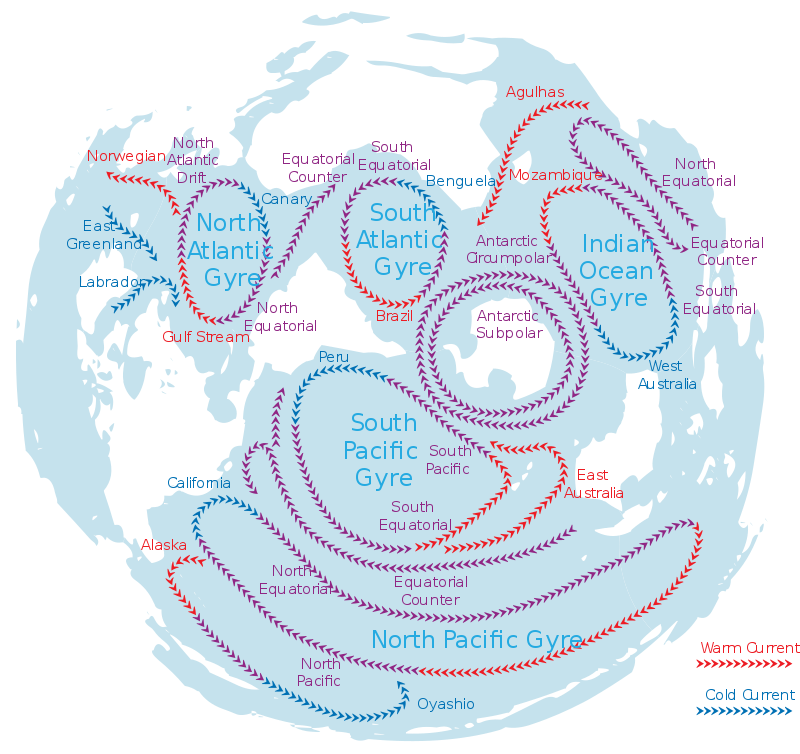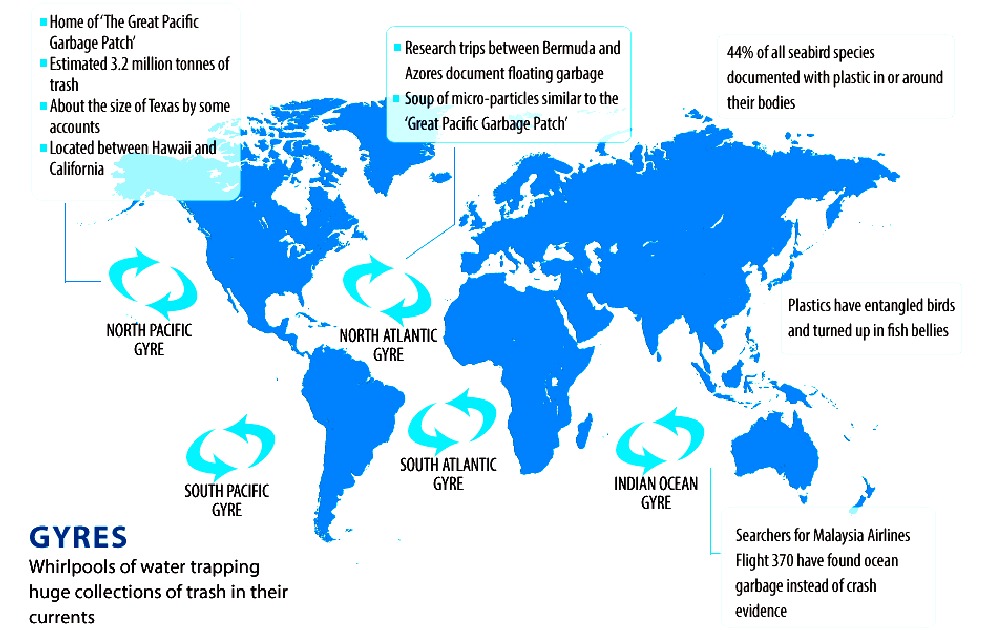|
GYRES HOW DOES PLASTIC GET IN THE SEA ? PLEASE USE OUR A-Z INDEX TO NAVIGATE THIS SITE
|
|
There are 5 major swirling ocean garbage patches called gyres. Garbage patches generally accumulate far from any country’s coastline, and it is nearly impossible to track the origin of marine debris. The tiny plastic particles that make up most of the patches are also very difficult and expensive to detect and remove.
6. Arctic Ocean
BUT HOW DOES PLASTIC WASTE END UP IN OUR OCEANS?
Even if you live hundreds of miles from the coast, the plastic you throw away could make its way into the sea. Once in the ocean, plastic decomposes very slowly, breaking down in to tiny pieces known as micro plastics that can be incredibly damaging to sea life. 80% of plastic in our oceans is from land sources – but what does that really mean? Where is it coming from?
THE BOTTOM LINE: HOW DOES PLASTIC GET INTO THE OCEAN ?
The bottom line is us. Whether we mean to litter or not, there's always a chance the plastic we throw away could make it into the sea, and from there who knows? Maybe as far as the Arctic.
How will you dispose of single use items. If you dispose of these products responsibly and if we have effective management in place, plastic in our oceans would be a threat that we met and surpassed.
If you end up making policies during your career, remember what you read here and please do what you can to keep us and our marine friends safe.
LINKS & REFERENCES
https://www.wwf.org.uk/updates/plastics-why-we-must-act-now https://www.wwf.org.uk/updates/how-does-plastic-end-ocean
|
|
|
ABS - BIOMAGNIFICATION - CANCER - CARRIER BAGS - COTTON BUDS - DDT - FISHING NETS HEAVY METALS - MARINE LITTER - MICROBEADS - MICRO PLASTICS - NYLON - OCEAN GYRES - OCEAN WASTE PACKAGING - PCBS - PET - PLASTIC - PLASTICS - POLYCARBONATE - POLYSTYRENE - POLYPROPYLENE - POLYTHENE - POPS PVC - SHOES - SINGLE USE - SOUP - STRAWS - WATER
|
|
|
This website is provided on a free basis as a public information service. copyright © Cleaner Oceans Foundation Ltd (COFL) (Company No: 4674774) 2019. Solar Studios, BN271RF, United Kingdom. COFL is a company without share capital.
|




